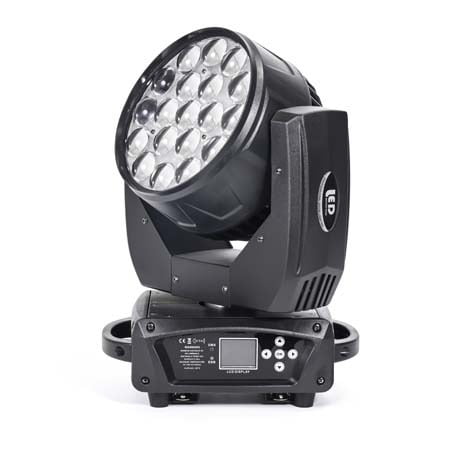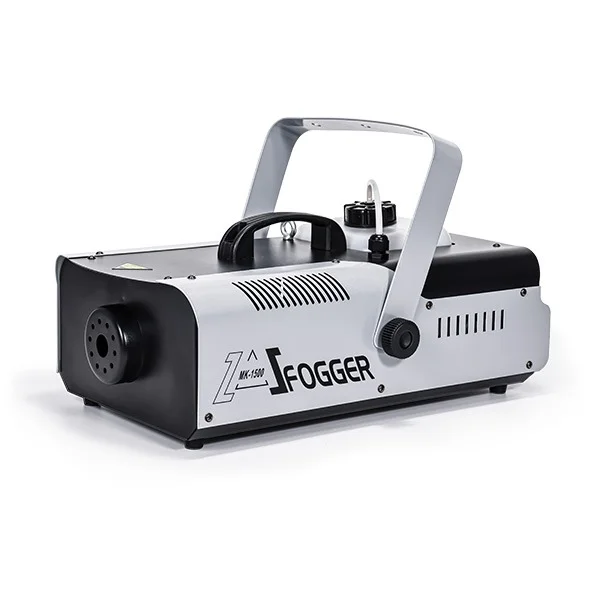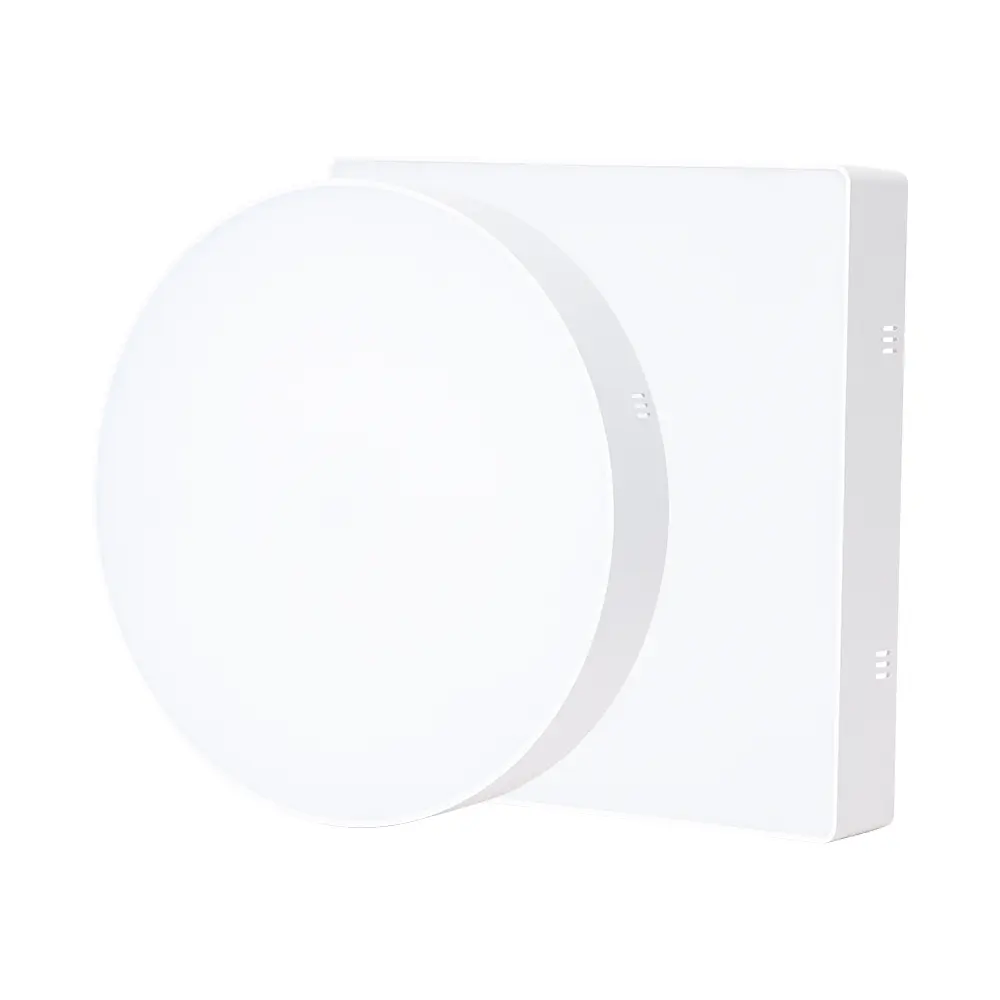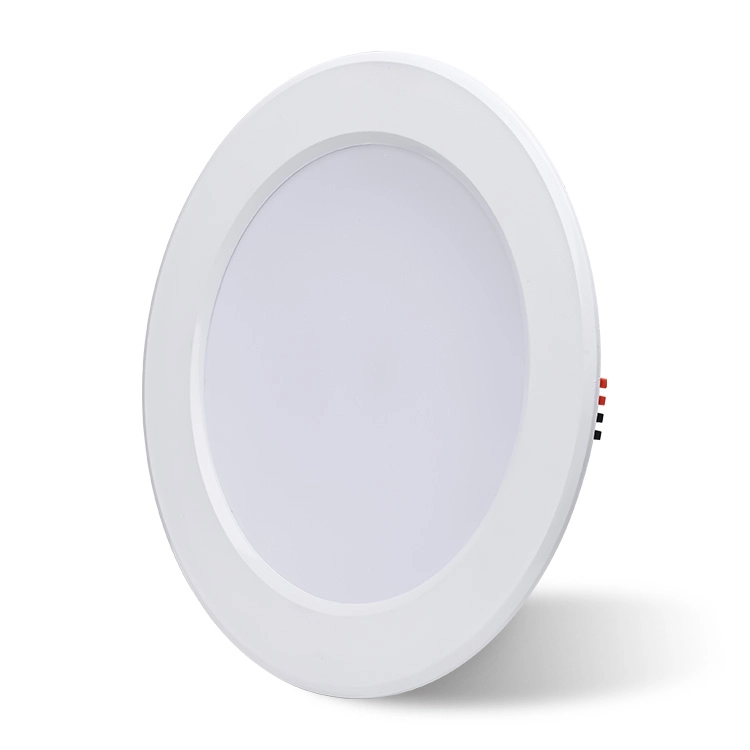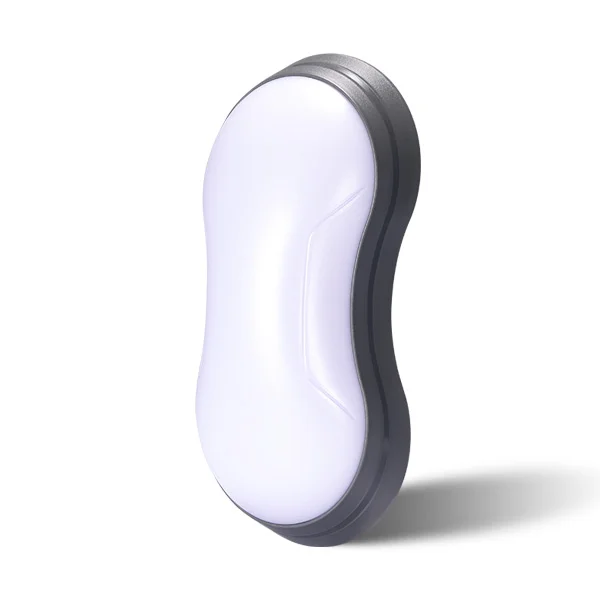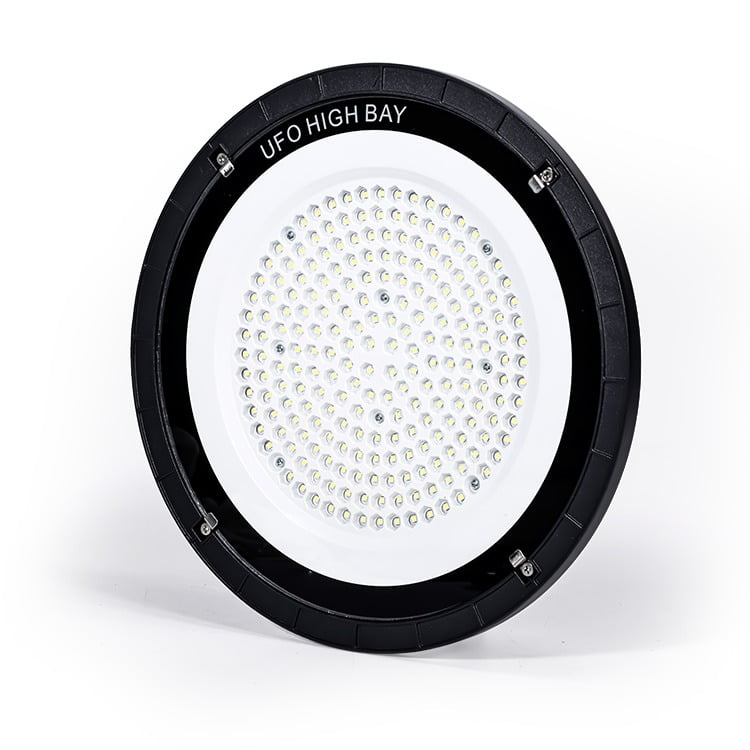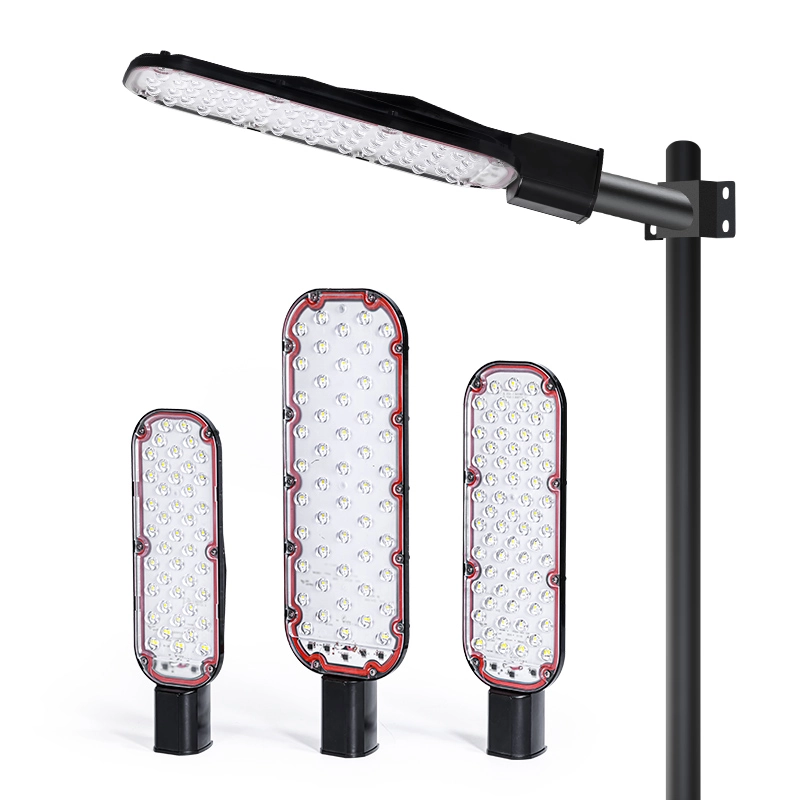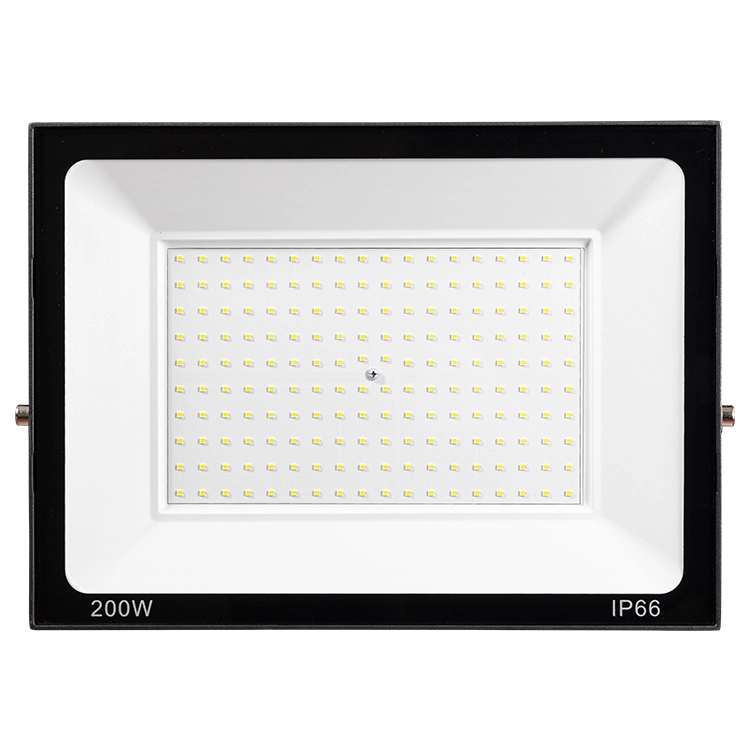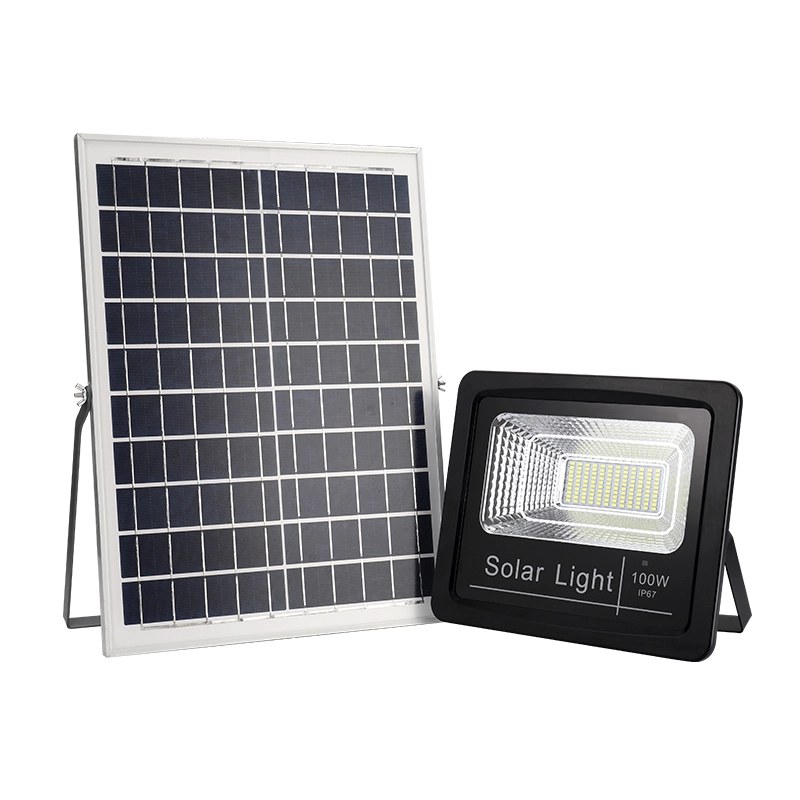Beam lights are essential tools in stage lighting design, used for everything from high-energy concerts to intimate theatrical moments. But not all beams are the same. In professional lighting, there are three core types of beam fixtures: Beam, Spot, and Wash. Each has unique optics, functions, and best-use scenarios.
Let’s break them down.
Types of Beam Lights Explained
What Is a Beam Light?
A Beam Light emits an extremely narrow and focused beam—usually with an angle between 2° and 5°. This results in a tight, high-intensity column of light that cuts through fog and space with strong visual impact.
Best for: concerts, outdoor events, DJ shows
Effect: long-range punchy shafts of light
Features: prisms, sharp beam edge, high brightness
Example fixtures: 230W/260W/295W/480W moving beam light
What Is a Spot Light?
A Spot Light (also called Moving Spot or Profile Spot) produces a medium-angle beam (10°–30°) that can be focused and shaped.
Best for: theater, corporate stages, performer highlights
Effect: sharp-edged light with gobo/image projection
Features: zoom, gobos, iris, edge control
Use: isolate a singer, speaker, or prop on stage
What Is a Wash Light?
A Wash Light produces a wide-angle beam (25°–60° or more), offering soft, even coverage across large areas.
Best for: stage backdrops, atmosphere, ambient lighting
Effect: diffused and colorful area lighting
Features: RGBW/CMY color mixing, frost filter
Use: fill space with tone, unify scenes, add visual depth
How Beam Types Are Defined in Fixture Design
The terms Beam, Spot, and Wash reflect not just their function but also how the fixture is built optically.
Beam Lights use tight-angle lenses and intense lamps to create narrow tunnels of light, often enhanced with prisms.
Spot Lights use internal optics like zoom lenses, gobos, and shutters to shape and focus light. They allow precise projection and edge control.
Wash Lights use wide-angle lenses, frost filters, and color mixing engines to bathe areas in smooth, blended light without harsh edges.
Understanding these fixture differences helps you make better design decisions—not just visual ones, but also logistical.
Comparison Table: Beam vs Spot vs Wash
| Feature | Beam Light | Spot Light | Wash Light |
|---|---|---|---|
| Beam Angle | Narrow (2°–5°) | Medium (10°–30°) | Wide (25°–60°+) |
| Main Purpose | Punch-through beam | Focused performer/object | Area color wash |
| Effects Support | Prism, Sharp Beam | Gobo, Zoom, Iris | Color Mixing, Frost |
| Best For | Concerts, DJ | Theater, Events | Background, Ambience |
What About Hybrid Fixtures?
Modern lighting design increasingly uses Hybrid Fixtures—single units that combine Beam, Spot, and Wash functions.
Pros: great for small venues, mobile setups, reduced fixture count
Cons: less brightness in beam mode, less softness in wash mode compared to dedicated units
For example:
A hybrid may offer gobos and beam functions, but it might not match the punch of a true beam light or the smoothness of a dedicated wash.
If you’re touring or need flexibility, hybrids are a solid choice. But if precision or brightness is your top priority, specialized fixtures still win.
Which Type Should You Use?
For Concerts or DJ Performances
Use Beam Lights to deliver punchy, high-energy effects that cut through fog and engage the audience from a distance. Pair them with Wash Lights to add vibrant color layers to the stage and create dynamic visual depth.
Best combination: Moving Beam + LED Wash + Mini Spot
Ideal for: Touring concerts, EDM shows, nightclub stages
For Theater or Live Drama

Use Spot Lights to precisely highlight key performers, especially during monologues, duets, or entrances. Use Wash Lights to softly fill the background and support mood changes between scenes.
Best combination: Profile Spot + Fresnel Wash
Ideal for: School plays, proscenium theaters, immersive drama
For Churches or Corporate Stages
Use Spot Lights on the podium or pulpit to ensure speakers are clearly visible from any seat. Add soft Wash Lights for atmospheric warmth and to unify the stage environment without being distracting.
Best combination: LED Spot + Soft Wash + DMX Controller
Ideal for: Church services, conferences, keynote stages
FAQ
What's the difference between beam and spot?
Beam is narrower and more intense, Spot offers focus and image projection.
Can a light do both beam and wash?
Yes—Hybrid fixtures can, but with trade-offs.
Is a beam light too powerful for small stages?
It depends on the beam angle and power. Lower-wattage beams can still work in small venues.
Which type is best for outdoor shows?
Beam lights dominate outdoor shows due to their throw distance and visibility.
Final Thoughts
Each beam type plays a unique role in your lighting rig:
Beam cuts the air
Spot defines the subject
Wash fills the scene
Use them intentionally, and your lighting design will always feel purposeful and dynamic.
Need help choosing the right fixture types? Contact us for expert guidance.


